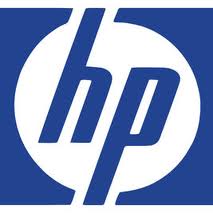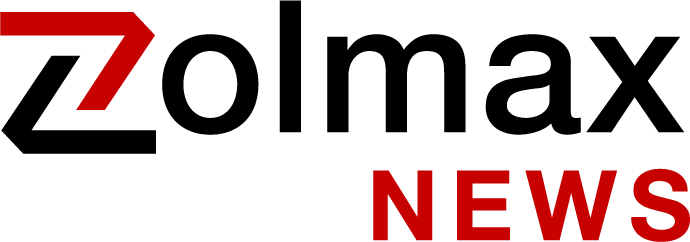 Hewlett-Packard has announced that the company will merge its personal computer and printing divisions in an effort to cut costs. R. Todd Bradley, who currently runs H.P.’s personal systems group, will run the new combined division. Vyomesh I. Joshi, who runs H.P.’s imaging and printing group, will retire.
Hewlett-Packard has announced that the company will merge its personal computer and printing divisions in an effort to cut costs. R. Todd Bradley, who currently runs H.P.’s personal systems group, will run the new combined division. Vyomesh I. Joshi, who runs H.P.’s imaging and printing group, will retire.
The merger is expected to improve the company’s designs and help the company become more efficient as well. It is H.P.’s desire to have PCs and printers designed so they work better together. The imaging and printing group has been responsible for a large percentage of the company’s total profits for many years, mainly due to high margins on printer cartridges.
The newly created division will account for about half of H.P.’s revenues. PCs and printing had combined revenue of $15.1 billion and earnings of $1.2 billion in the quarter ended January 31. The two divisions had combined revenue of $17.1 billion and earnings of $1.8 billion a year earlier. The company as a whole had a revenue total of $30.4 billion and total earnings of $2.9 billion for the quarter ended January 31.
Personal computers and printing overlap in manufacturing and marketing and both businesses have been challenged by the introduction of cloud computing and Apple’s iPad. Efforts to expand in printing have been disappointing, particularly in areas like industrial printing. H.P.’s purchase of Palm in 2010 for $1.8 billion bore little fruit, as consumers shied away from tablet computers that used Palm’s software.
During the quarter, the company also had to deal with the cyclical fall in printing that typically occurs during recessions and the flooding in Thailand that created shortages of hard disk drives for PCs. However, Microsoft’s new operating system has offered H.P. some hope for an increase in sales this year, as H.P. prepares to sell regular PCs and new lightweight ultrabooks containing the operating system.
Frank Gillett, an analyst with Forrester Research, said, “They’re betting big on Windows 8. It feels like there was a lot of administrative overlap between PCs and printing, but the interesting question is, how do they cut costs and encourage innovation? What does printing look like in five years, when we have flexible computer displays that we can hold like newspapers?”
